|
HOME: www.hiltonpond.org |
|||
|
WHITE HUMMINGBIRDS 2010: Each year since 2007 we've devoted an end-of-hummingbird-season installment of "This Week at Hilton Pond" to a gallery of unusually colored hummers observed by folks around the country. We're talking about albino hummers (those that lack all pigment and bear pristine white plumage and pink eyes, feet, and bill), what we call "leucistos" (leucistic birds with more-or-less white feathers but usually having dark eyes, feet, and bill), and "pieds" (birds with some normal feathers and some that are white). Although we've never seen any of these pale ghostly hummers at Hilton Pond Center, we've banded several within South Carolina and elsewhere and have been helping compile reports of white hummingbirds from around the U.S. and Canada. We've also asked folks to send us photos of albinos or leucistos or pieds observed in their yards or elsewhere. This year we got more than 75 reports, some with photos, so we can't include all the images. Many were taken from a distance or through window screens or with cell phone cameras that yield photos too tiny to or grainy to post--but we did get some good ones we offer below as our 2011 edition of "White Hummingbirds." Thanks to everyone who submitted info and photos, and please accept our apologies for not being able to respond to all those white hummer reports during a family health crisis this summer. All text & photos © Hilton Pond Center
All text & photos © Hilton Pond Center When we get documentation of a white hummingbird appearing early in the year--as happened with the collage (above) submitted in April by Wally Fisher--we can be as positive as possible it's NOT a Ruby-throated Hummingbird (RTHU). To our knowledge no one has ever confirmed a white RTHU having survived the winter. There are probably several valid explanations for this, not the least of which is that melanin--the basic pigment in hummers--provides structural integrity to normal feathers. White feathers lacking in melanin tend to wear and break more quickly--not a good attribute when the typical RTHU must migrate up to 2,000 miles to its Neotropical wintering grounds in autumn and back north again the following spring. We suspect a white ruby-throat's feathers simply wear out prematurely--perhaps out over the Gulf of Mexico--and the hummer turns into Barracuda food. Further evidence Wally's images were not of a Ruby-throated Hummingbird came when he told us they were taken in Beaverton OR--well west of the range of ruby-throats. His mostly white hummer with a scattering of normal feathers--a condition known as "pied"--meant this likely was one of the many Anna's Hummingbirds that overwinter regularly in coastal Oregon.
All text & photos © Hilton Pond Center A second pied hummer was observed by Lynda Kagel of Fillmore CA on 13 August. Here's Lynda's report: "Shy at first but now acts just the same as all my others. I have pics of her from when I first saw her and she had a bit of black on her. Now she is basically pure white. Her bill is pink and so are her feet. Not really sure about her eyes though. For the most part I have Black-chinned Hummingbirds here," reports Lynda, and that's probably what this bird is. And Lynda also may be right about her pied hummer being a she; on our experience, the great majority of white hummingbirds are indeed females.
All text & photos © Hilton Pond Center Keely Dixon, a Biology graduate student at University of Texas-San Antonio, documented a white hummingbird coming to a feeder at Boerne TX. The photo above, sent by Keely's mother Kathi on 20 June, shows an apparent leucisto with dark bill and eye and a gray wash. Kathi reported there might even have been two distinctly different white hummers.
All text & photos © Hilton Pond Center Meg Benhase of Tucson AZ sent the photo above of an unusual leucistic hummingbird seen at her feeder on 9 October. This hummer wasn't truly white but had a wash of warm tan on all its plumage parts that normally would be dark. All text & photos © Hilton Pond Center A more "typical" leucisto (above) Ruby-throated Hummingbird was submitted by Tonya Younts of Marshville NC on 30 July. This individual had a normal black bill black eye and bright plumage with hints of gray in the tail.
All text & photos © Hilton Pond Center Another gray and white leucisto was feeding regularly at the home of Jim Teeple in Innsbruck MO in mid-July. Note that the bird above has pale--not black--feet; we suspect the bill was a similar shade.
All text & photos © Hilton Pond Center One of the most curious white hummingbird photos we received came from Victoria and David Slotto of Palm Desert CA. Since the hummer was reported on 25 April we suspect it was the offspring of non-migratory Anna's Hummingbirds. What's unusual is that the bird appears to be a true albino with white plumage and pink bill and feet, but there is also noticeable pale streaking on the hummer's throat--something we've never seen in an albino.
All text & photos © Hilton Pond Center The white hummer above shows another variation on leucism. The bird--likely a Black-chinned Hummingbird photographed on 20 August by John C. Holden near Omak WA at an altitude of 2,800 feet--had a black bill with reddish base, plus red eyes normally associated with full albinos.
All text & photos © Hilton Pond Center Cindy Cunningham of Palms CA also had an unusual leucisto--possibly a Calliope Hummingbird (above)--that spent several weeks at her home. This bird had a striking gray back, crown, and wings.
All text & photos © Hilton Pond Center The photo above is of interest because it shows two probable female Ruby-throated Hummingbirds, one leucistic and one with normal plumage. Ron and Rose Smith of Ethel LA hosted the leucisto for several days in late September and noticed the brown coloration only after viewing their photos on a computer.
All text & photos © Hilton Pond Center We were especially pleased to get the photo above from Bari Dubois of Magnolia TX. Bari has been a faithful contributor to the Hummingbird Hobnob Yahoo group hosted by "Operation RubyThroat: The Hummingbird Project," so we think she deserved to host this unusual hummer. Bari commented that "In the bright sunlight she almost looks white, but photos taken in the shade show her beige feathers. We still have around 30-50 ruby-throats visiting on 5 October, and she really stands out in the crowd!"
All text & photos © Hilton Pond Center Our last two aberrant hummer images are of true albinos with pure white plumage, pink bill and feet, and red eyes. The first (above) is a Ruby-throated Hummingbird artistically photographed on a pine stob by Angie Adair of Tupelo MS.
All text & photos © Hilton Pond Center A second albino of unknown species was photographed at his feeder by Harvey Judges of Taos NM on 1 August. Harvey's photo shows all the fascinating attributes of a true albino--including the subalular apterium--a bare spot on the lead edge of the wing that can't be seen in hummers with normal pigmentation. That's because a normal hummer has melanin in the skin of its wing, and the black skin that shows through is nonetheless masked by dark wing feathers. In albinos like the one above the pink melanin-free skin shows up clearly against its white plumage. Hummingbirds are fascinating enough in the first place, but those that have unusual plumage are even more amazing to observe--as illustrated by the collection of images above. Please let us know by e-mailing a report and clear photo to RESEARCH if you happen to encounter any "White Hummingbirds: Albinos, Leucistos, and Pieds." All text & photos © Hilton Pond Center |
 The Piedmont Naturalist, Volume 1 (1986)--long out-of-print--has been re-published by author Bill Hilton Jr. as an e-Book downloadable to read on your iPad, iPhone, Nook, Kindle, or desktop computer. Click on the image at left for information about ordering. All proceeds benefit education, research, and conservation work of Hilton Pond Center for Piedmont Natural History. The Piedmont Naturalist, Volume 1 (1986)--long out-of-print--has been re-published by author Bill Hilton Jr. as an e-Book downloadable to read on your iPad, iPhone, Nook, Kindle, or desktop computer. Click on the image at left for information about ordering. All proceeds benefit education, research, and conservation work of Hilton Pond Center for Piedmont Natural History. |
|
|
"This Week at Hilton Pond" is written and photographed by Bill Hilton Jr., executive director of Hilton Pond Center for Piedmont Natural History
|
|
|
If you Twitter, please refer
"This Week at Hilton Pond" to followers by clicking on this button: Tweet Follow us on Twitter: @hiltonpond |
Comments or questions about this week's installment? Send an E-mail to INFO. (Be sure to scroll down for a tally of birds banded/recaptured during the period, plus other nature notes.) |

Click on image at right for live Web cam of Hilton Pond,
plus daily weather summary
Transmission of weather data from Hilton Pond Center via WeatherSnoop for Mac.
|
--SEARCH OUR SITE-- For a free on-line subscription to "This Week at Hilton Pond," send us an |
|
Thanks to the following fine folks for recent gifts in support of Hilton Pond Center for Piedmont Natural History and/or Operation RubyThroat: The Hummingbird Project. Your tax-deductible contributions allow us to continue writing, photographing, and sharing "This Week at Hilton Pond." Please see Support if you'd like to make a gift of your own.
|
|
Make credit card donations
on-line via Network for Good: |
|
|
Use your PayPal account
to make direct donations: |
|
|
If you like shopping on-line please become a member of iGive, through which 800+ on-line stores from Amazon to Lands' End and even iTunes donate a percentage of your purchase price to support Hilton Pond Center .
 Every new member who registers with iGive and makes a purchase earns an ADDITIONAL $5 for the Center. You can even do Web searches through iGive and earn a penny per search--sometimes TWO--for the cause! Please enroll by going to the iGive Web site. It's a painless, important way for YOU to support our on-going work in conservation, education, and research. Add the iGive Toolbar to your browser and register Operation RubyThroat as your preferred charity to make it even easier to help Hilton Pond Center when you shop. Every new member who registers with iGive and makes a purchase earns an ADDITIONAL $5 for the Center. You can even do Web searches through iGive and earn a penny per search--sometimes TWO--for the cause! Please enroll by going to the iGive Web site. It's a painless, important way for YOU to support our on-going work in conservation, education, and research. Add the iGive Toolbar to your browser and register Operation RubyThroat as your preferred charity to make it even easier to help Hilton Pond Center when you shop. |
|
|
SPECIES BANDED THIS WEEK: * = New species for 2011 WEEKLY BANDING TOTAL 6 species 48 individuals 2011 BANDING TOTAL 46 species 2,064 individuals 197 Ruby-throated Hummingbirds 30-YEAR BANDING GRAND TOTAL (since 28 June 1982, during which time 170 species have been observed on or over the property) 125 species (30-yr avg = 67.6) 56,941 individuals (30-yr avg = 1,898) 4,485 Ruby-throated Hummingbirds (28-yr avg = 160) NOTABLE RECAPTURES THIS WEEK Northern Cardinal (4) White-throated Sparrow (2) Eastern Tufted Titmouse (2) |
OTHER NATURE NOTES: --The first White-throated Sparrows of autumn arrived this week at Hilton Pond Center, a good sign winter is on the way. (Dark-eyed Juncos will be the confirming evidence, but we saw none through Halloween.) Interestingly, along with the four new white-throats were two with old bands (see list below left). This species shows very good subsequent-year site fidelity at the Center; most winters we get a dozen or more returns. --We're not sure which is more remarkable: 1) White-throated Sparrows flying hundreds of miles--maybe more than a thousand--back to Hilton Pond from their breeding grounds further north; or, 2) local birds such as Northern Cardinals living as long as the after-8th-year male NOCA we netted this week. This individual (band #8101-41124) is apparently a year-round resident--we last captured him on 16 May 2011 during the breeding season--and he ties the record for oldest banded bird at the Center. --It's nice to observe this fall's influx of Yellow-rumped Warblers with 46 captured in the past two weeks. Although this is our seventh-most-commonly banded species (2,117 individuals since the winter of 1983-84), some years we handle only a dozen or two, and we still have a long way to go to match our 509 banded in the winter of 1990-91. One of our yellow-rumps captured in early Nov 1986 was found dead the following April at Ambrose Lake, Ontario--about 1,020 linear miles from Hilton Pond Center. All text & photos © Hilton Pond Center |
Granddaughter McKinley Ballard Hilton (center, above), celebrating Halloween 2011--the day before her six-month birthday--eventually will learn that the several varieties of Pumpkin, Cucurbita spp. (above right), are native members of the Cucurbitaceae. This plant family includes such diverse and delicious fruits as squash, chayote, cucumber, watermelon, cantaloupe, and honeydew--plus much-less-edible gourds and luffas. (Photo by Billy Hilton III.) |
|



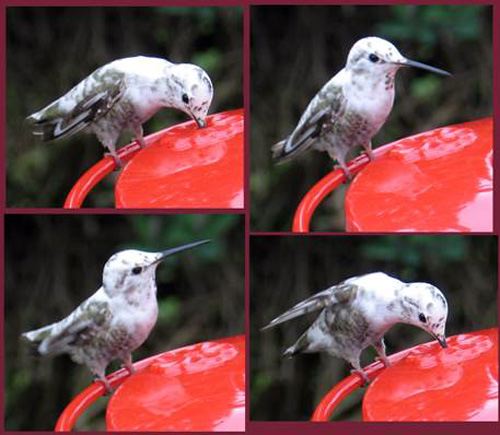
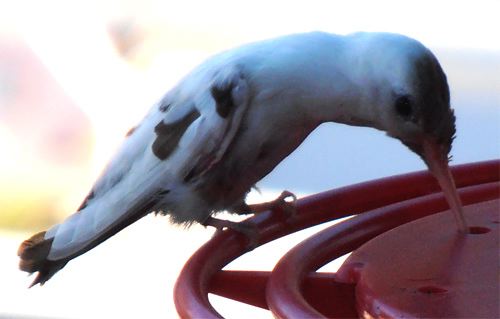
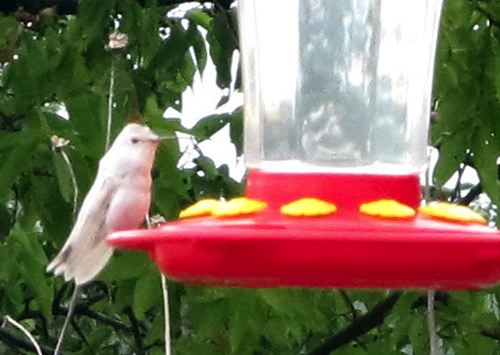
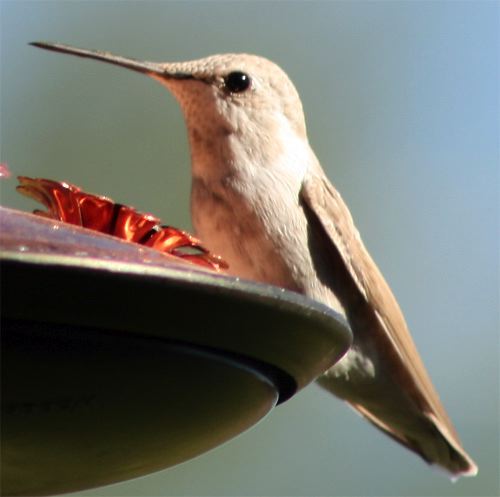
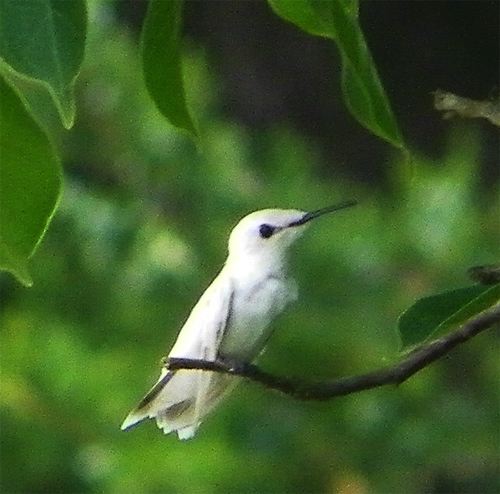
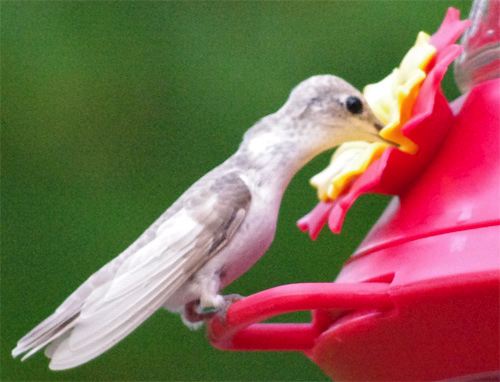
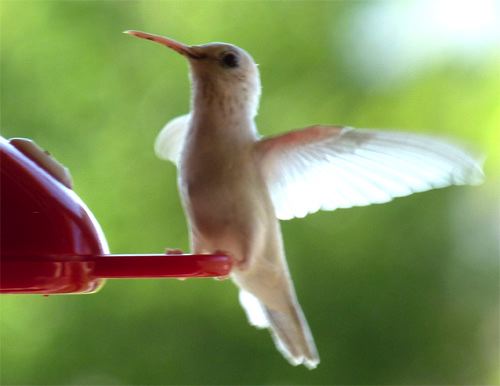

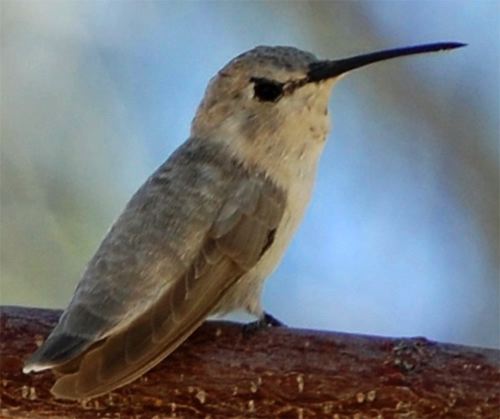
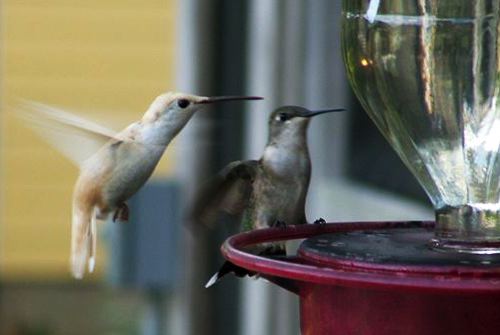
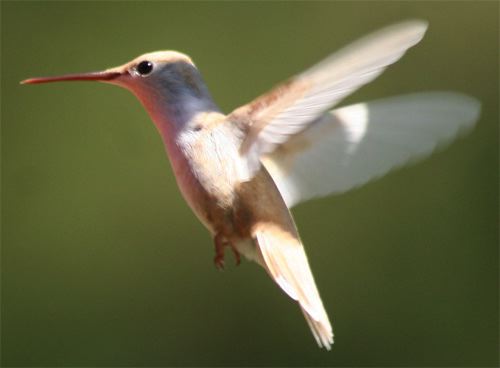
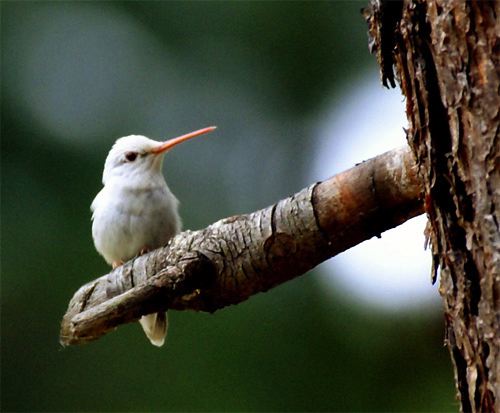



 Oct 15 to Mar 15:
Oct 15 to Mar 15: